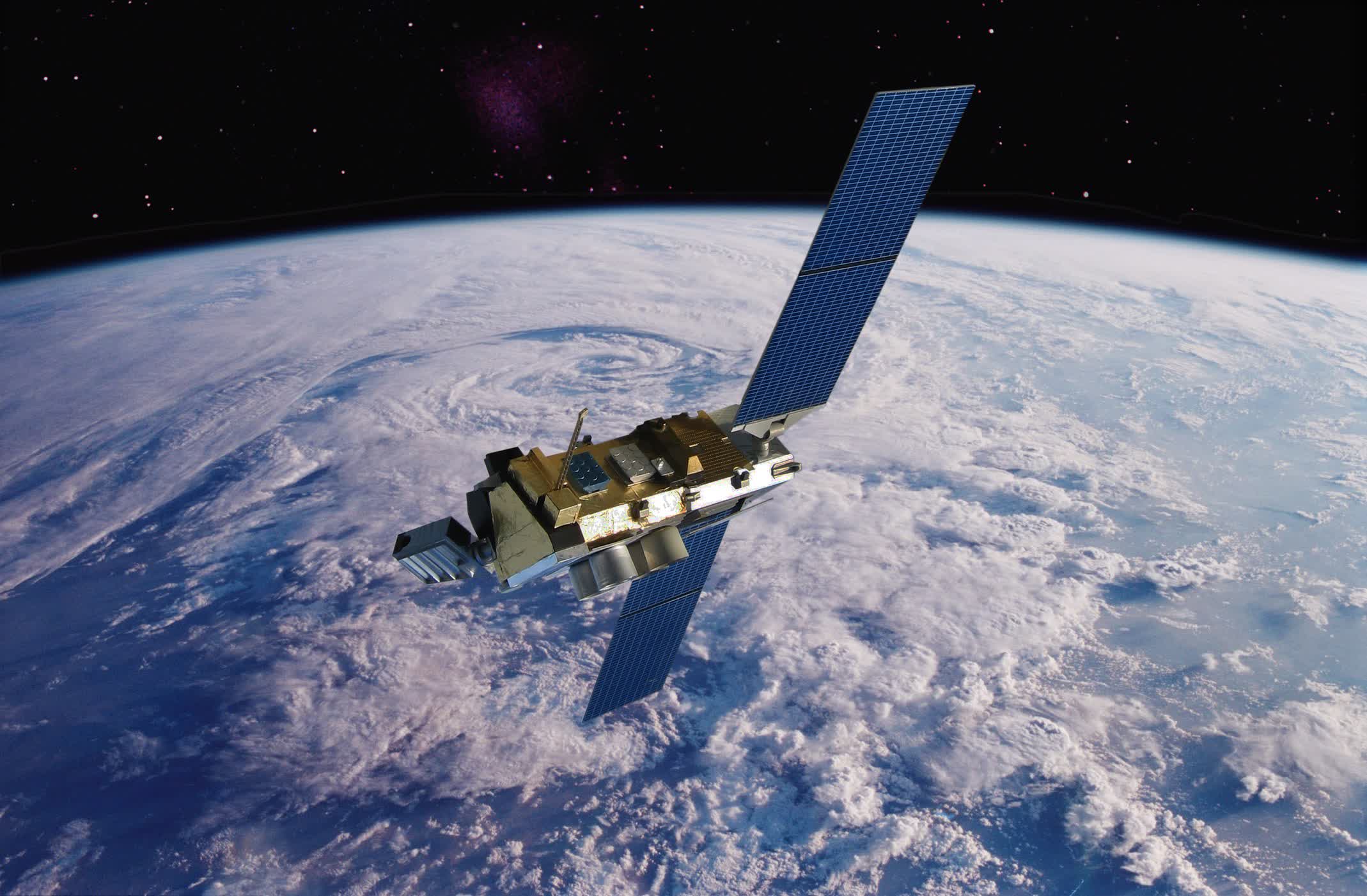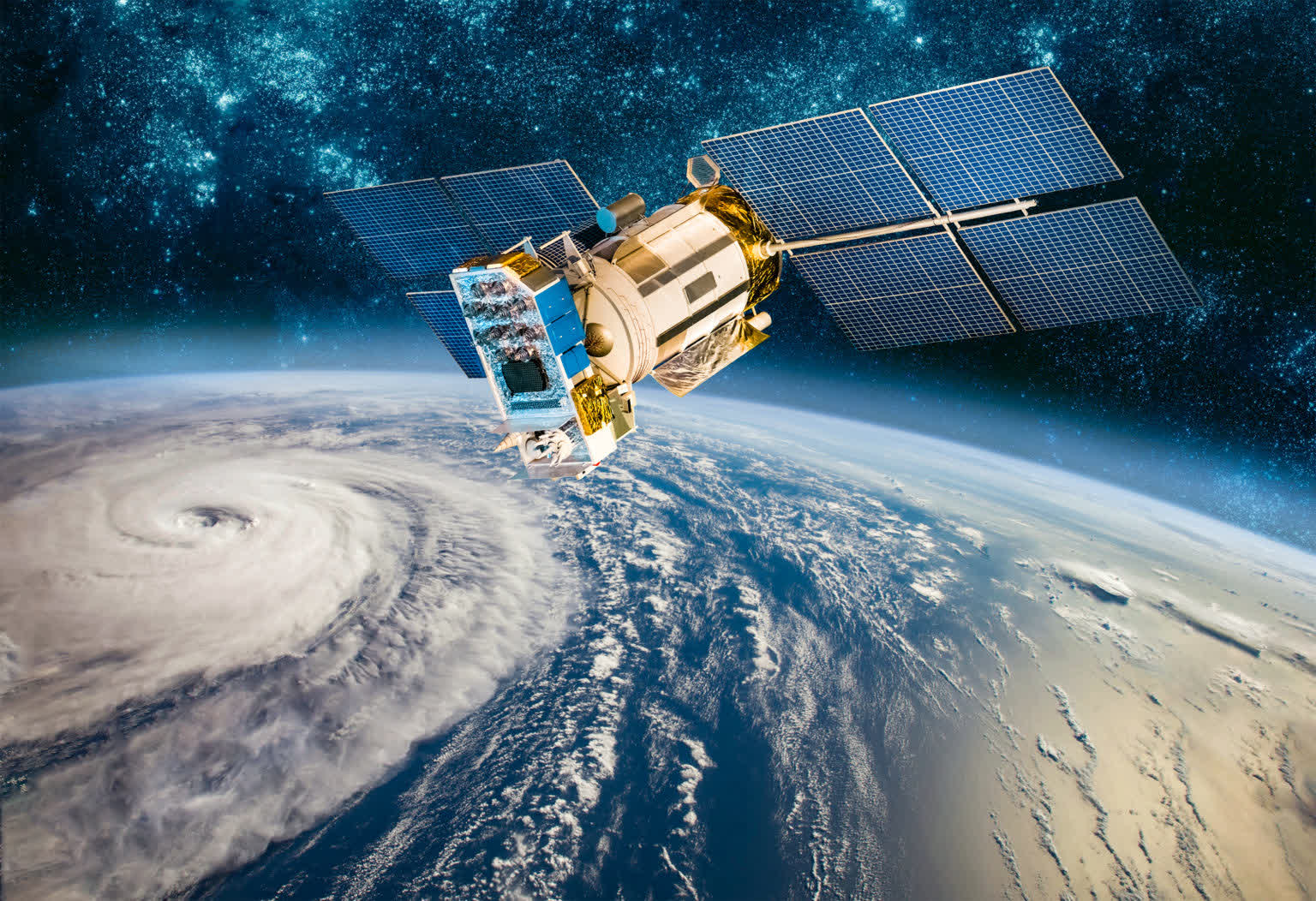In context: Artificial intelligence is present in almost every aspect of our daily lives. It's used in search engines, email clients, media platforms, and even grocery chains worldwide. It arguably makes the world a more efficient place, but not without costs; job loss being one of them. However, there is one industry that still struggles to fully automate: weather forecasting.

Despite all the progress that has been made in the realm of technology, AI, and machine learning, weather companies have not yet handed over the keys to their computer counterparts. While AI models, with the help of weather satellites like GOES-16 and 17, are capable of predicting minor weather changes and patterns with surprising accuracy, their efficiency takes a steep dive when major climate disruptions occur.
These major weather shifts, including natural disasters, often have warning signs that are too subtle and small in scale for most models to detect. Even when they are detected, models can't always draw correlations between early indicators of, say, a waterspout and its likely arrival. This, Wired reports, usually requires the practiced eye of an industry veteran. The outlet claims that, based on over two decades worth of weather prediction information (gathered by the NOAA Weather Prediction Service), humans outperform two of the most popular national weather prediction models; the Global Forecast System and the North American Mesoscale Forecast System.
By how much? Between 20 and 40 percent.
That is no small gap, and it could easily mean the difference between life and death for those in the path of a vicious tornado, waterspout, or rapid-onset blizzard. Having access to accurate weather information as early as possible is what makes evacuation (where necessary) or shelter-in-place recommendations viable.

Seasoned weather veterans can look at the smallest details, like subtle shifts in atmospheric pressure, wind speed, or "available moisture," and draw higher-quality conclusions than their computerized counterparts. This is because, in many cases, weather prediction models don't weigh these measures as highly.
And frankly, that's no surprise. Computers are smart and getting smarter by the day, but they still lack something humans have always possessed: the ability to evaluate situations in a broader context. Bringing machines anywhere near parity with human memory and context awareness would require an immense amount of processing power that just isn't available widely at the moment. Only a handful of computers that might be capable of this are in development right now -- at least, in the US -- and weather groups aren't the only ones that want to use them.
In short: humans are actively being replaced across dozens of industries at an alarming rate, but for now, your local weatherman (or at least the group feeding him his data) is safe.
https://www.techspot.com/news/92936-humans-significantly-better-predicting-weather-than-ai.html